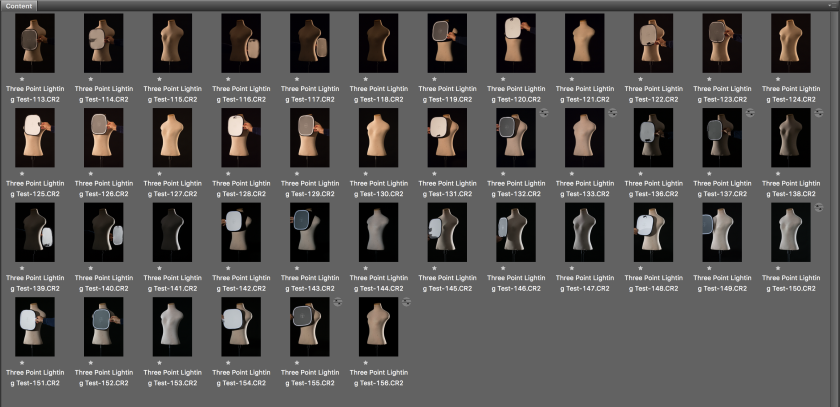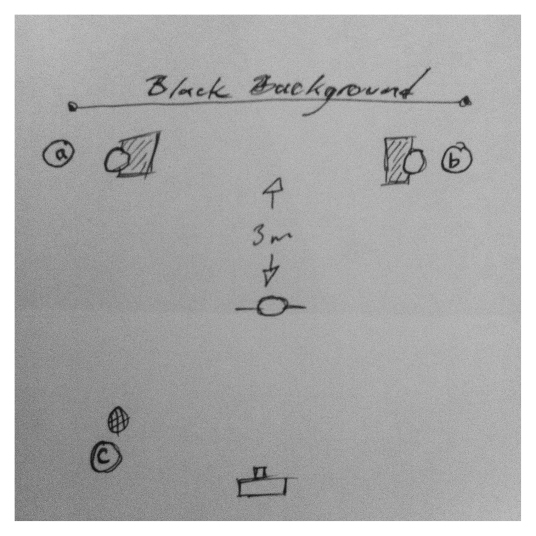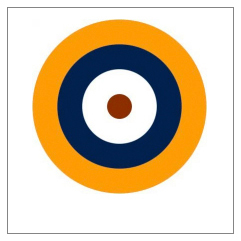
Three-point lighting is one of the most versatile of all lighting set-ups, whether shooting portraiture, commercial work, fashion, beauty and that’s just portraiture. The set-up is used widely in still life
When creating a three-point lighting set up I always start by building in my back lights. This way I’m not distracted by any frontal illumination and can see exactly where these rim lights fall.
In this set-up, I’ve left the backlights without modifiers since I want the light to be crisp.
The first backlight – ‘a’, camera left – I set out to achieve a crisp definition to the edge of the mannequin.
The second backlight – ‘b’, camera right – will be used to achieve separation to camera right of the mannequin and to ensure the hair does not blend into the dark background.
The third light source is the front light. Here I’ve fitted a grid to direct the focus of this light. It’s important to remember here that the closer you bring this light into your subject, the more focused that beam of light is going to be. So, if you are wanting a tight circle of light on your subject, bring the light source in. The further back you take your light, the more time you give the light to spread out, the more diffused it becomes and covers a larger surface area. So, you definitely need to play with distance to determine how harsh this fall of light is going to be.
Lighting Plan & Test Shots.

Lights ‘a’ & ‘b’ were fitted with open cup spill kills with Barn Door attachments to stop fall off of light onto the background.
Light ‘c’ was fitted with a grid to focus the light onto the subject and positioned around 3 meters away to achieve a gentle fall of light.
Test One with Modeling Lights

The lighting ratios for Test One were ‘a’ f/4.5, ‘b’ f/5.6 & ‘c’ f/4.
The camera was set to 200iso, f/5.6 at 1 second to expose for the highlights.
Test Two with Flash

The lighting ratios for Test Two were ‘a’ f/4.5, ‘b’ f/5.6 & ‘c’ f/4.
The camera was set to 200iso, f/5.6 at 125th of a second to expose for the highlights.

